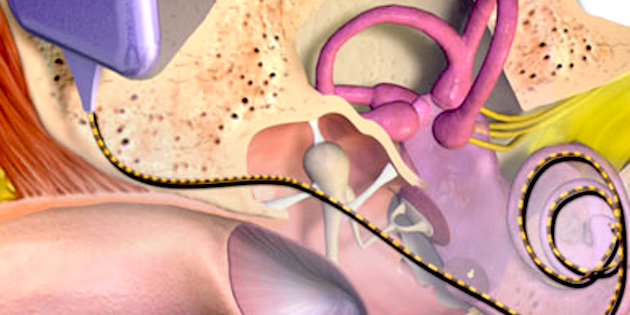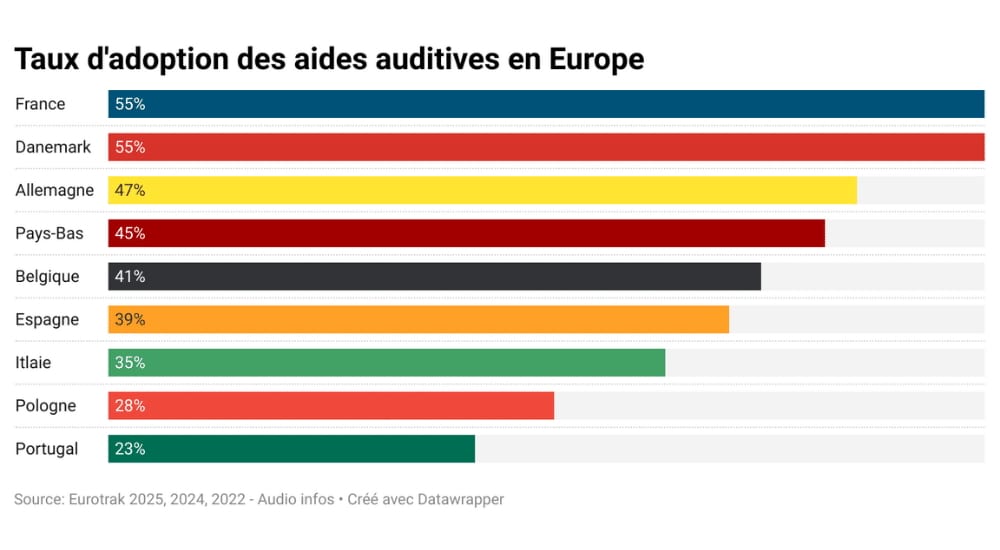"Highly reliable" scan study shows most cochlear implant recipients develop new bone formation, which adversely affects residual hearing
implants
Huge implications for the cochlear implant industry loom unavoidably following CT-scan confirmation by a Dutch research team of histopathologic evidence that cochlear implantation leads to new bone formation (NBF) and negatively impacts long-term hearing outcome.

Using an in vivo detection method with an interobserver reliability of 86%, via ultra-high-spatial-resolution (UHSR) computed tomography (CT), researchers detected new bone formation on 83 of the 123 CI-fitted patients in the study.
Relating this NBF to a possible long-term impact on residual hearing, the investigation also found that long-term residual hearing loss in patients with new bone formation was 22.9 decibels, compared to 8.6 decibels in their peers without new bone formation. Although this analysis involved only 24 of the patients (those not considered to have functional residual acoustic hearing being excluded), the implications of the impact of NBF for future therapies and repeat implantation will necessarily bring concern, discussion, and research.
Control and reduction of NBF will now become a focus, say the researchers, but they underline that the key objective of establishing a way to confirm and measure this inflammation or bone growth has been met.
The paper was released in the journal Radiology this December 7, 2021. Its conclusions were: "In vivo detection of new bone formation (NBF) after cochlear implantation is possible by using ultra-high-spatial-resolution CT. Most cochlear implant recipients develop NBF, predominately located at the base of the cochlea. NBF adversely affects long-term residual hearing preservation."
Source: Radiology


